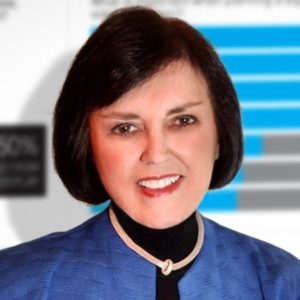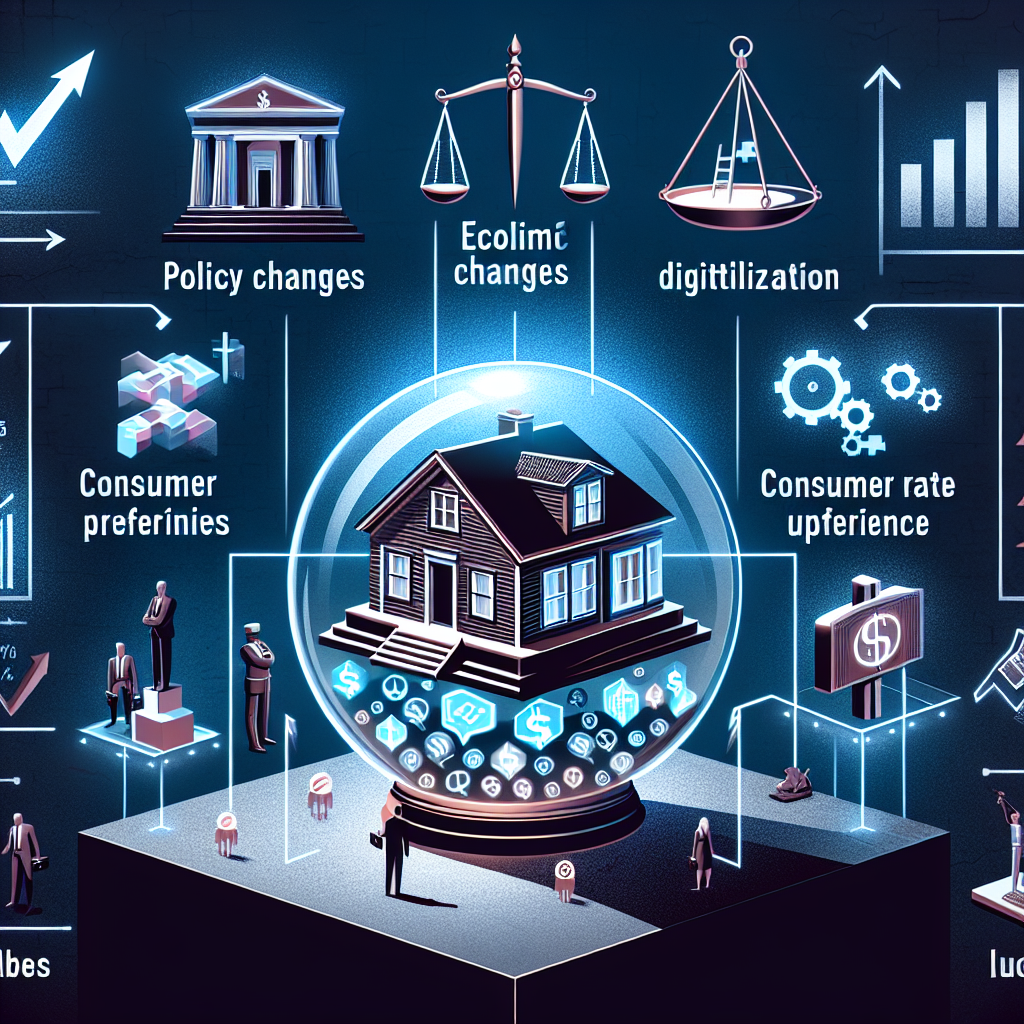!--more-->
[caption id="attachment_9789" align="alignright" width="300"] Pat Sherlock[/caption]
Pat Sherlock[/caption]
If you take this argument a step further, the implication is that consumers are comparison shoppers. But, according to a recent Consumer Financial Protection Bureau study, 75% of borrowers apply for a mortgage with only one lender.
Even if this seems high, it is reasonable to assume a large number of consumers don’t really shop for the lowest rate.
The fact remains that originators are challenged to be top of mind among their best prospects and to make every consumer interaction impactful. One of the most effective ways for originators to stand out is to make an emotional-based presentation.
Creating Powerful Presentations
What does it take to create a presentation that resonates with prospects and referral sources? To answer that, we have to take a look at what motivates consumers to purchase.
For decades, the prevalent thinking was that buyers made decisions based on logic. That premise was upended when Abraham Maslow introduced his “hierarchy of needs” theory in 1943. Maslow claimed that people satisfy safety and security needs first, followed by love, esteem and finally, self-actualization.
Since then, marketing researchers and neuroscientists have found that there are more than 300 possible motivators that can influence consumer buying behavior. With so many factors to consider, it can be difficult to untangle the truth of why one person buys and another doesn’t.
In a recent Harvard Business Review article, “The New Science of Customer Emotions,” authors Scott Magids, Alan Zorfas and Daniel Leemon shed some light on the issue. In this piece, Magids et al discuss their research that identifies the “emotional motivators” that correlate to “customers’ future value to a firm.”
According to the authors, customers move through four possible steps on an emotional connection pathway:
- Being unconnected
- Being highly satisfied
- Perceiving brand differentiation
- Being fully connected
Sales professionals might believe that a “highly satisfied” customer is the best outcome they could hope for, but Magids et al found that isn’t the case. According to their research, Magids et al noted that buyers who reach the “fully connected” level are “52% more valuable than those who are just highly satisfied. So, moving customers from highly satisfied to fully connected can have three times the return of moving them from unconnected to highly satisfied.” This translates into a selling strategy that aims to “fully connect” with prospects and customers.
How can originators speed up the process of being fully connected to target audience groups? Instead of presenting features, benefits and price points, producers can make a more meaningful connection by telling a story that is emotionally based. Sales professionals can achieve this through a story structure that answers five questions:
- Who is the salesperson?
- What does the salesperson want from me?
- Is this salesperson trustworthy?
- Can the salesperson help me?
- Will the assistance I receive be more beneficial than the cost?
The answers to these five questions must be incorporated into every marketing outreach effort, whether it is an email, newsletter or webinar. The wrong approach would be for originators to list features and benefits when credibility or trustworthiness has not been established.
In the end, mortgage lending customers want to feel comfortable with who they are dealing with. When an originator uses emotionally based presentations in their marketing efforts, they establish the foundation for having a customer that can become fully connected.
Fully connected customers are the ones who value your services, come back for future financial services, and will refer their friends and family to you. The “fully connected” will market your personal brand better than any mortgage brochure ever can. The time to start selling emotionally is now.
Pat Sherlock is the founder of QFS Sales Solutions, an organization that helps organizations improve their sales talent management and performance. For more information, visit https://patsherlock.com







